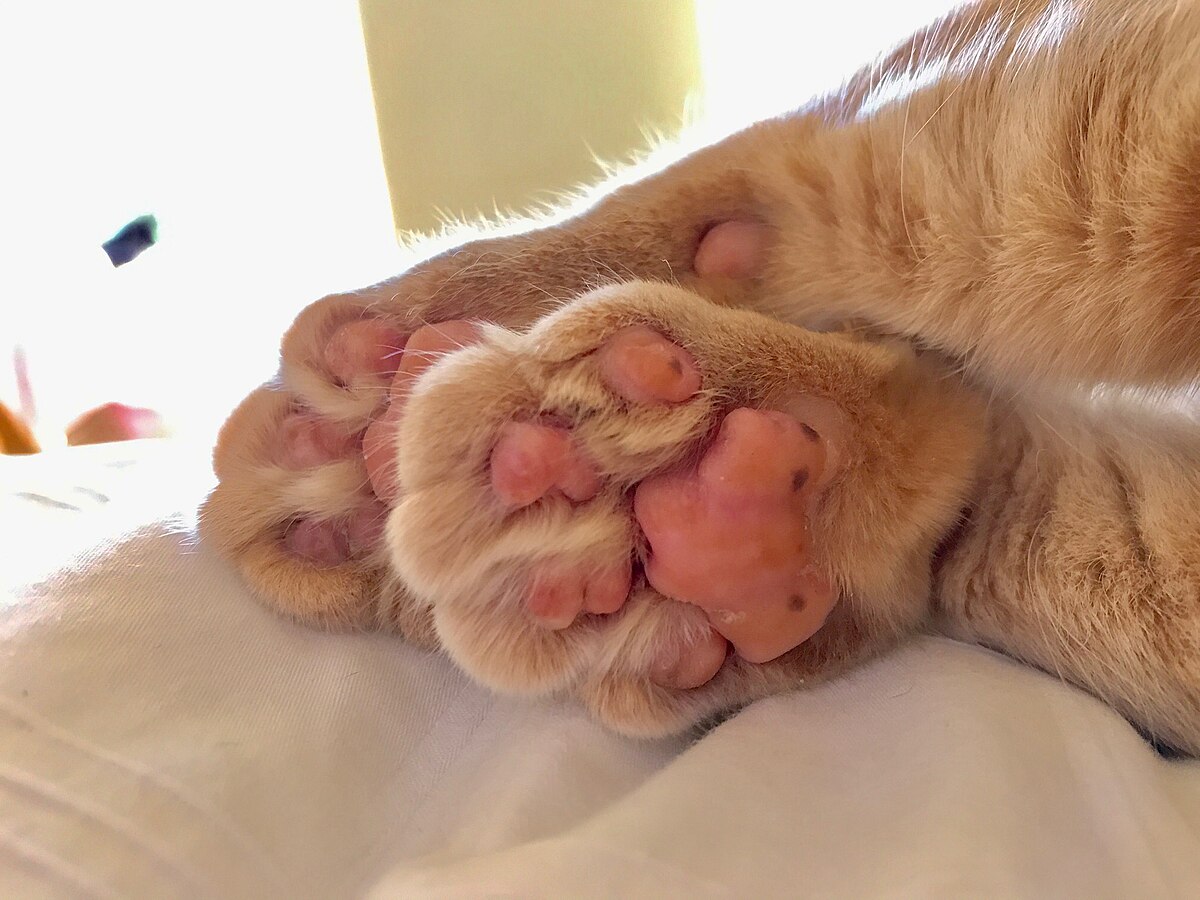Considering if your four-legged companion should undergo a declawing procedure? Then you might ask yourself, “What’s the proper age to declaw cats?” Before jumping to a conclusion, it’s important to comprehend the implications the operation might have for your feline companion. In this blog post, we’ll delve into various aspects surrounding the topic: Declawing Cats Age.
Understanding the Optimum Declawing Cats Age

Begin by assessing if your pet spends time outdoors. For nature-loving kitties, claws are essential, serving as defense tools and aiding in various outdoor actions like climbing. However, for indoor cats, declawing might be an option. It’s recommended to carry out the procedure at a young age, preferably between four and eight months, provided the cat is of optimal health and maintains normal weight.
Various Declawing Procedures
Depending upon certain factors, different declawing techniques can be employed:
- Excisional Method: Involves removal of the last toe bone from which the claw extends. It can be likened to the finger bone hidden under your nail. Scalpels and lasers can perform this surgery.
- Guillotine Method: Involves cutting the bone in half using a nail trimmer, followed by removal of the claw and distal end of the bone.
- Tenotomy: Rather than being a declawing procedure, this method involves cutting the tendons that operate the claws. It’s a less standard option due to associated risks like claw snagging.
The Possible Aftermath

Post-Surgery Complications
Take into account that there might be complications post-declawing, regardless of adhering to the perfect Declawing Cats Age. These complications might include nail bed infections, profuse bleeding, limping, long-lasting pain, and pad injury.
Recovery Time
Young cats usually bounce back swiftly post-surgery, while older cats might experience extended pain and discomfort.
Alternatives to Declawing

Declawing isn’t the only solution to avoid scratches. Here are a few alternatives:
- Nail Caps: Soft, non-toxic caps can be glued on the cat’s existing nail to prevent scratches.
- Diversions: Invest in a scratching post to direct your cat’s scratching urge.
- Claw Trimming: Reduced claw length decreases the potential for severe scratching.
Points to Remember

Certain facts need to be remembered before considering declawing. Firstly, not all cats require the procedure. Secondly, constant monitoring during the recovery period is vital to prevent complications. Apart from these points, other aspects to consider include:
- Simultaneous surgeries: If the cat weighs more than five pounds or is at least six months old, declawing and neutering can be done concurrently.
- Post-surgery care: The cat typically needs to stay for one to two nights after the surgery and will require specific litter types to prevent wounds from contamination.
In conclusion, while deciding the right declawing cat age, also consider the overall health benefits, potential risks, and the availability of alternative approaches. Make an informed decision that benefits both you and your feline friend.
Related Resources:
Interested in more cat-related articles? Check out these: